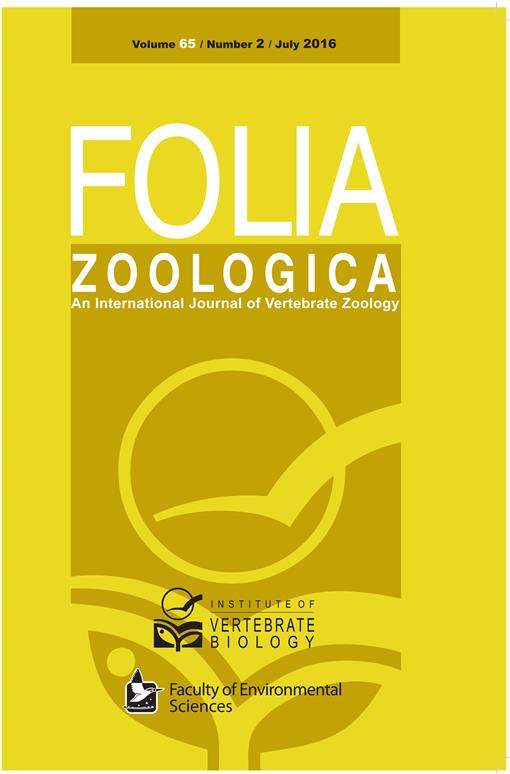The harvest mouse is a prey item for numerous vertebrates in various habitats, ranging from marshes and farmland, to urbanized areas. It has no specialised avian or mammalian predator and it always represents a low proportion of their diet, except in some wetlands where its frequency can exceed 40 % of total mammals taken by owls, which confirms the harvest mouse preference for this kind of habitat. Conversely, it is a much less important prey in farmlands. In Europe, barn owl (Tyto alba), long-eared owl (Asio otus), tawny owl (Strix aluco) and to a lesser extent little owl (Athene noctua) are the major avian predators of harvest mouse. Among carnivores, polecat (Mustela putorius) seems to be the main predator for the harvest mouse, but the scarcity of literature does not allow definitive conclusions. The influence of snow cover on the availability of harvest mice for raptors is pointed out, since this mouse tends to move above snow and therefore becomes easier prey than other rodents. Moreover, it seems that carnivores may be more efficient than raptors for hunting Micromys mice, probably because of their way of foraging amongst tall vegetation that makes them more likely to discover harvest mice.
How to translate text using browser tools
1 July 2016
The harvest mouse (Micromys minutus Pallas, 1771) as prey: a literature review
Fabrice Darinot





